Table of Contents
My parents bought me a bag of Volcanica Coffee’s Geisha Costa Rica for Christmas just two weeks ago.
The price of the bag? $49.99 for a pound.
This is quite a bit of difference from my normal bag of Oak Cliff beans at $13 for 12oz (3/4 of a pound). Why is there such a difference in price?
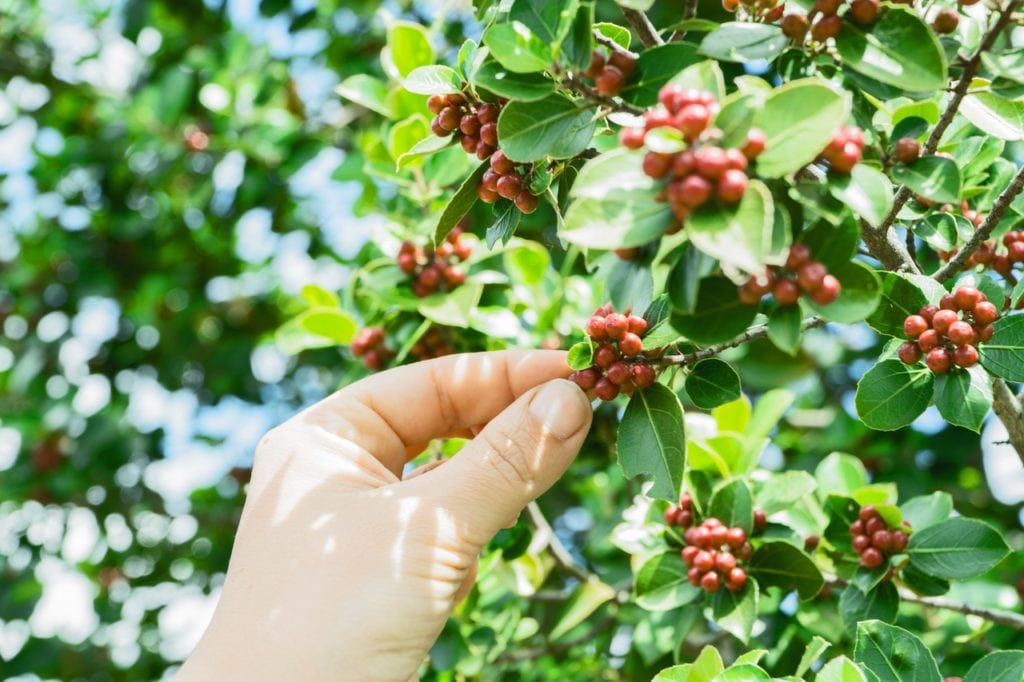
It all comes down to several variables that ultimately determine the price of the bean.
Some of them are controllable, some are not.
There are hundreds of variables, so this article won’t be exhaustive, but I’ll do my best to give you a basic overview of the major factors that determine the price of coffee beans.
1. Supply
Coffee is the 2nd most-traded commodity in the world, right after crude oil. There’s a lot of it out there. There are approximately 25 million people in the world who make a living through coffee farms.
Following simple economics laws, the more abundant a product, the less a person or business can charge for it (there are exceptions of course).
When coffee production is down, prices tend to go up.
When production is up, prices often go down.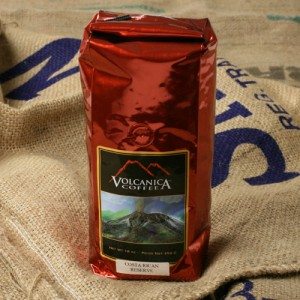
Even more specifically, there are hundreds of different coffee varietals, but only a handful are abundant. That geisha coffee my parents bought for me is actually a rare species of coffee that is only grown by a few farms in the world due the rare yield of the planted seeds.
Rare coffees like geisha (or Kopi Luwak) will cost you a pretty penny.
2. Demand
Complimenting the idea of supply, demand is another key factor in the price of a coffee bean. If nobody wanted to drink coffee, nobody would buy it.
Thus, the beans would be very inexpensive. However, humans love coffee. Americans alone drink nearly 146 billion cups each year according to UrbanCoffee.com.
That’s a ton of coffee.
3. Robusta or Arabica
There are hundreds of different coffee beans, but only two types are widely bought and sold:
- robusta
- arabica
Robusta beans are less flavorful that arabica beans but have much more caffeine. These beans are cheaper and much less expensive to produce.
Arabica beans are very flavorful but don’t have the caffeine content that robusta beans do. Arabica beans are more expensive because they require more care to produce the rich flavors.
4. Farm Location
There are coffee bean farms all over the world, but most are located right around the equator, where the berries that hold the beans grow very well.
About 50 different countries around the equator produce large amounts of coffee, but there are dozens of variables that impact each individual farm.
 5. Agricultural Practices
5. Agricultural Practices
Since most of the world’s coffee is grown in developing countries, most of it wasn’t produced with maximum efficiency and high-end equipment.
Farm traditions and practices are different from place to place, and result in different yields each season. This heavily ties in to supply.
6. Government Policies
From wage standards to importing and exporting tariffs, there are a ton of factors that involve the government. Each country’s laws on importing and exporting are different and have their own requirements and steps that must be taken.
Each country also has different safety nets in place for employees of coffee farms. Are they guaranteed a minimum wage, or do they work for next to nothing?
What about taxes and grants?
Farms gotta pay up to the government too, but are they given aid, subsidies, or grants at all?
Some developing countries have problems maintaining a constant, united government. When things start to get hectic, you can imagine selling and buying coffee gets difficult.
7. Weather
While yes, most of the world’s coffee is grown in tropical settings, that doesn’t guarantee its survival. Just like every other living thing out there, coffee plants are subject to their environments.
If the climate is too cold or too hot for a season, or even just a few key days, the entire crop could be compromised.
Sometimes entire farms are lost due to a killed crop, but it’s more common to experience a damaged crop instead. Having a lower-quality bean will result in a lower grade, thus a lower price.
8. Enemies
There are over 900 species of insects that eat coffee berries, and dozens of illnesses, like the infamous coffee leaf rust.
9. Grade
Not all coffee are created equal. Coffee bean buyers are charged with the task of rating beans and challenging the farms to increase the quality of their crop.
A lower-grade bean will only be able to sell at a low price. A higher-grade bean will easily be able to be charged at a higher price.
10. Roasting
The final step to preparing a bean to enter the consumer’s world is roasting.
A bean may be grown with extreme care and have excellent qualities, but if the roaster is poorly trained or makes a mistake, the value can be lost completely.
High-end, skilled roasters like Intelligentsia or Handsome can charge a premium for their beans because they put much time and effort into perfecting the roast and adjusting the process to fit each bean’s unique qualities.
Conclusion
I hope you’re able to see that there are so many factors that go into the price of a bag of coffee beans.
Looking at this list makes me amazed that we’re even able to even drink different coffees from the world. It’s all part of the beauty of preparing a delicious cup of coffee.

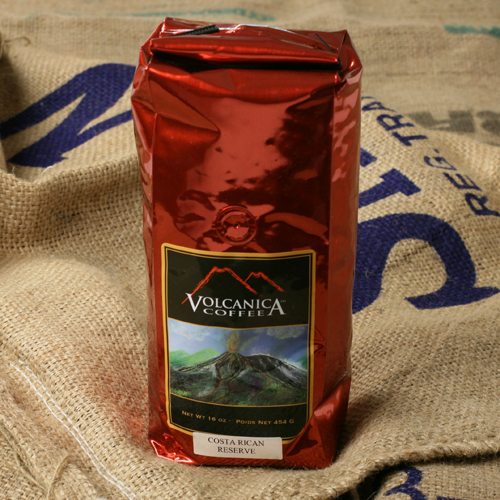



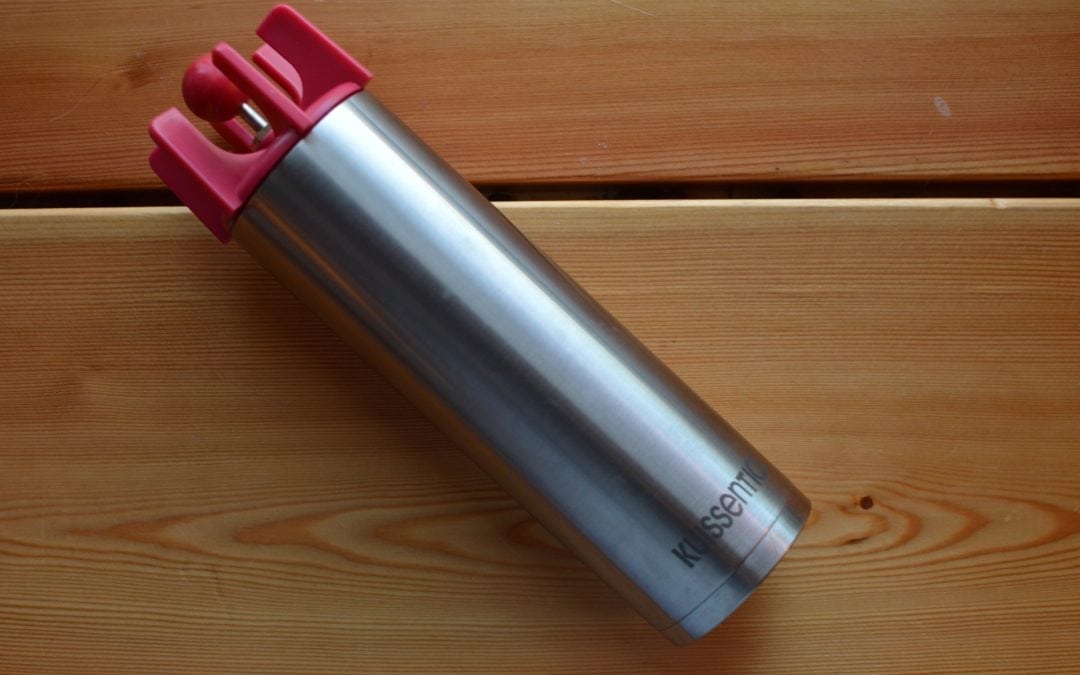




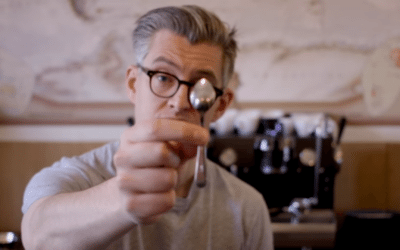


0 Comments